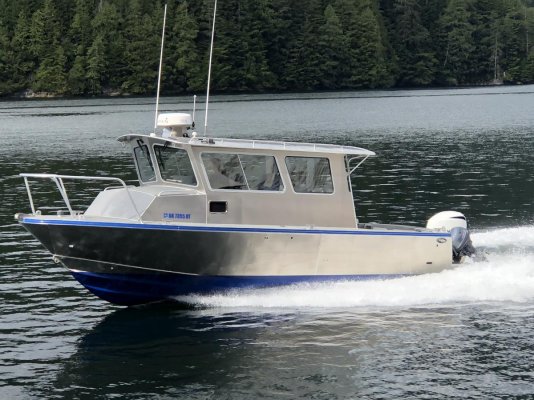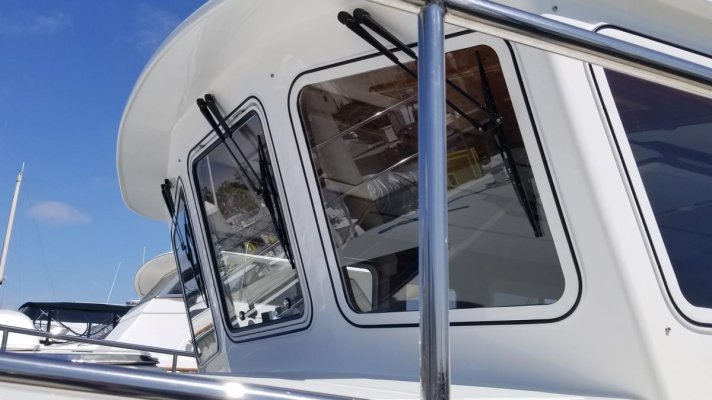ddw36
Senior Member
- Joined
- Feb 28, 2019
- Messages
- 134
- Location
- USA
- Vessel Name
- HI-HO
- Vessel Make
- Diesel Duck 462 (my fantasy)
I notice so many, if not all, trawlers have back-sloping PH windows & forward master staterooms. From what I've read re: my ideal boat, forward-sloping PH windows are superior to the back-sloping windows. I suppose it's more of a cosmetic thing, people wanting a svelte look to their boat, rather than a nautical, work boat look?
I also notice most boats have the master stateroom in the forward part of the boat, when most literature recommends the aft part. In British sailing days, the aft part was reserved for the capt. & senior officers; the middle part ("midships") was for junior officers & the forward part for the seamen. That's why Annapolis students are called "midshipmen."
I've seen only a few boats that have both these qualities, the Diesel Ducks, esp.
I also notice most boats have the master stateroom in the forward part of the boat, when most literature recommends the aft part. In British sailing days, the aft part was reserved for the capt. & senior officers; the middle part ("midships") was for junior officers & the forward part for the seamen. That's why Annapolis students are called "midshipmen."
I've seen only a few boats that have both these qualities, the Diesel Ducks, esp.



